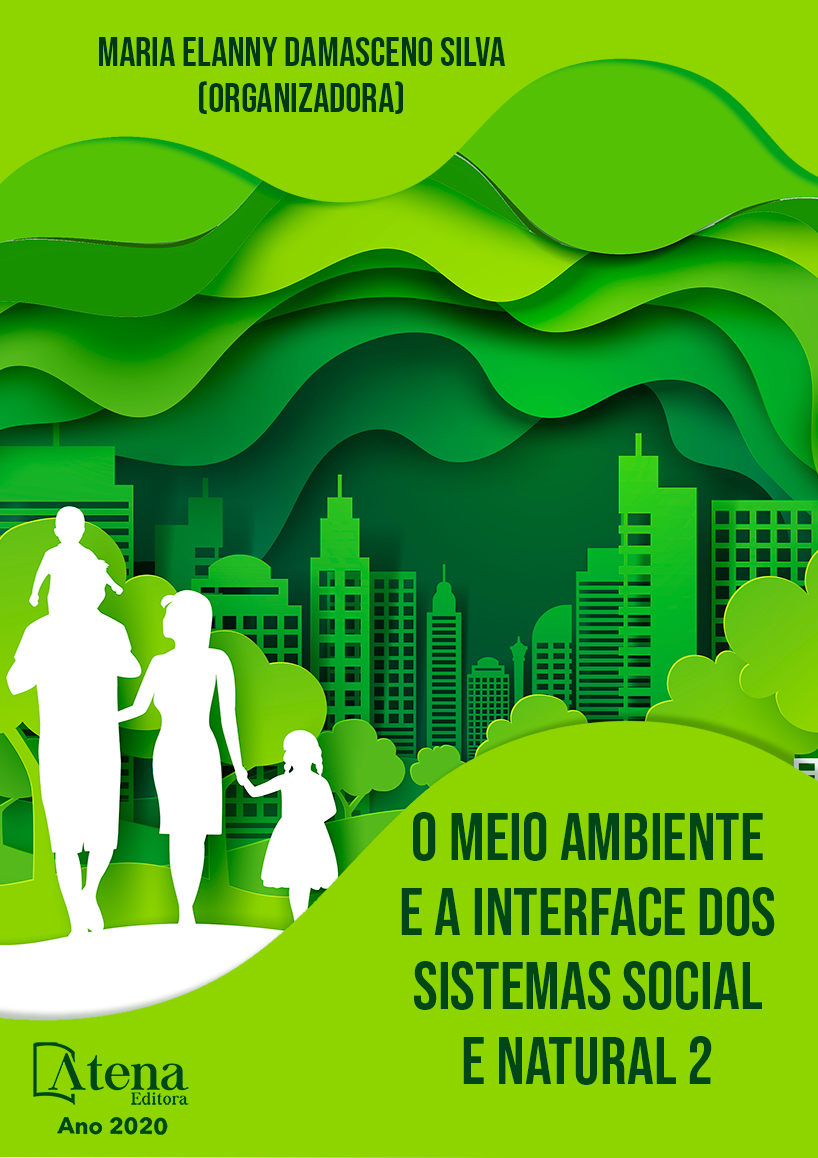
RESUSO DE ÁGUA DA CHUVA PELO PROJETO IRRIGAPOTE: ESTRATÉGIA DE PROUÇÃO AGRÍCOLA RESILIENTE NA AMAZÔNIA
Em períodos prolongados de estiagens é necessário adotar estratégia de irrigação para atender as demandas evapotraspiratórias das plantas, principalmente em cultivos agrícolas. No oeste do Pará, as análises climáticas apontam que cerca de 80% das chuvas concentram-se entre dezembro a junho e, os 20% restantes distribuem-se nos meses de julho a novembro, evidenciando reduções na oferta hídrica às culturas. Objetivou-se apresentar resultados de reposição hídrica com reuso de água da chuva em potes de argila enterrados no solo. Instalou-se uma Unidade Demonstrativa (UD) em 2016, na comunidade de Lavras, em propriedade rural familiar de produção orgânica, no município de Santarém, Pará, pelo Projeto IrrigaPote. Em calhas (PVC) instaladas nas bordas do telhado da casa drena-se o volume de chuva para caixa d´água. O processo é todo mecânico onde a água é distribuída aos potes por gradiente natural de pressão. Canos enterrados no solo são instaladas as conexões hidráulicas para acoplar os canos (mangueiras) de borracha que conduzem água aos potes, contendo, internamente um sistema de boia que mantém cada pote sempre com 20L. Em, aproximadamente 400 m2, o produtor rural mantém cerca de 20 culturas, em alta produção, incluindo frutíferas e culturas anuais. Estimou-se em quatro anos do Projeto aumentos da ordem de 60% na renda familiar, além de ganhos sociais e ambientais. Segurança alimentar, polinizadores, qualidade de vida, visitantes, aulas e dias de campo apontam resultados exitosos do Projeto. A tecnologia IrrigPote aponta indicador de irrigação resiliente em consonância com os objetivos do desenvolvimento sustentável (ODS).
RESUSO DE ÁGUA DA CHUVA PELO PROJETO IRRIGAPOTE: ESTRATÉGIA DE PROUÇÃO AGRÍCOLA RESILIENTE NA AMAZÔNIA
-
DOI: 10.22533/at.ed.7842010081
-
Palavras-chave: Tecnologia resiliente, Reposição hídrica, Deficiência hídrica.
-
Keywords: Resilient technology, Water replacement, Water deficiency
-
Abstract:
During prolonged periods of drought it is necessary to adopt irrigation strategies to satisfy plant evaporative demand, principally for agricultural crops. In the western region of the state of Pará, analyses of meteorological data from Santarém show that rainfall is concentrated between December and June, with the remaining 20% distributed between July and November, which a large reduction in soil water for crops. The objective is to present results through reuse of rainwater using clay pots. A Demonstration Unit (DU) was installed in 2016 through the IrrigaPote project in the city of Santarém in the community of Lavras on the rural property. PVC pipes were installed along the edges of the roof of a house and rainwater was drained to water boxes. The water was then passively distributed to the clay pots in the soil using a natural pressure gradient. PVC tubes in the soil were connected to rubber hoses that were connected to the pots which used an internal float system to maintain them with 20L. In an area of approximately 400m2 the farmers maintain 20 different crops that have high production and that include fruit trees and annual crops. It is estimated that during 4 years, increases of about 60% in family income, and social and environmental gains. Food security, pollinators, quality of life, visitors, classes and field days point to the Project's successful results. The IrrigaPote technology represents a resilient method of irrigation that is in consonance with the Objectives of Sustainable Development (OSD).
-
Número de páginas: 15
- Lucieta Guerreiro Martorano


